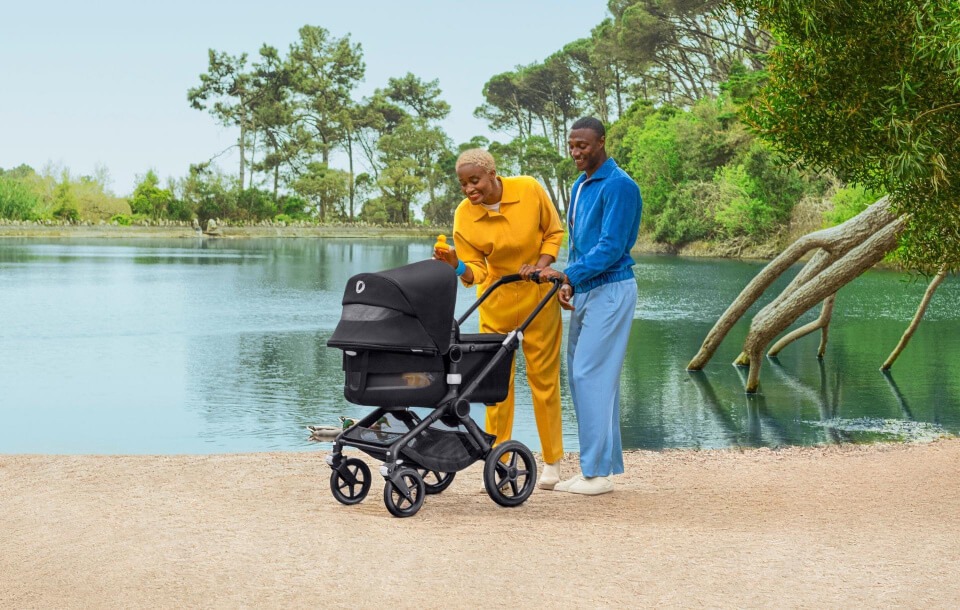
choosing a pram is a lot more complicated than it seems at first. Before I had my first baby, I had assumed it was just a matter of picking one that looked nice and was easy to fold. But once I started digging around for information, it felt as though I had just crossed over into a whole universe of wheels, features, and must-have items.
If you find yourself sitting in similar shoes, then don’t worry; there are many along with you. Just with countless baby strollers out there and numerous brands and kinds to the general consumer, trying to figure out which one is suitable can get very overwhelming. Nevertheless, the whole decision becomes much clearer once you start thinking about your lifestyle.
Here’s what I’ve learned, both from experience and countless chats with other Aussie parents. I hope it helps make your pram search a little easier.
Start with how you live, not just what you like
One of the biggest mistakes I made early on was focusing too much on how a pram looked. I didn’t think enough about how I’d actually use it day to day. Are you living in a small apartment in the city? You’ll want something lightweight that folds up quickly and fits in tight spaces. Do you spend most of your time in the car? Make sure the pram fits in your boot without a wrestling match.
My sister lives in a beachside suburb, and her pram gets pushed across grass, gravel, and sand almost daily. She needed something with big wheels and good suspension. I live closer to Melbourne’s inner city, so I wanted a compact pram that was easy to take on public transport. Two very different lifestyles, two very different prams.
Not all baby strollers are the same
It’s easy to think a stroller is just a stroller—but once you start comparing, you’ll realise there are major differences. There are travel systems (great if you’ll be using a capsule), full-size prams that grow with your baby, jogging strollers for active parents, and those simple umbrella-style ones that are handy for travel.
We went with a full-sized pram that had a bassinet attachment, which was perfect for those early months when our son needed to lie flat. Later, we swapped it out for a more compact model once he was older and we started travelling more.
My advice? Think about the next couple of years, not just the newborn stage. A little planning now can save you from buying another pram six months down the track.
Test the fold—and lift
You know those prams that look great in the shop but feel like a gym workout every time you fold them? Don’t fall for it. If you’re shopping in-store, try folding it yourself. Don’t just let the staff do it for you. Lift it into a car boot, carry it up a few steps, and see how it actually feels in your hands.
I learned this lesson the hard way. Our first pram was beautiful but ridiculously heavy. After a few months, I dreaded every outing. I ended up reselling it and buying something lighter—especially once I had to juggle baby, bags, and the pram solo.
Storage is not just a bonus, it’s a necessity
When I first saw how big the storage basket was underneath one model, I thought, “Do I really need all that space?” Fast forward a few months, and it was full every time we left the house—nappy bag, snacks, shopping, a jumper, and sometimes a packet of wipes I’d completely forgotten I’d stashed there.
If you’re out and about a lot, go for a pram with decent storage space. It really does make life easier, especially on longer walks or shopping trips.
Wheels matter more than you think
I didn’t pay much attention to wheels during the buying time until I needed to push the pram over grass and gravel, and all of a sudden those small plastic wheels did not sound a good idea.
If your locality has loads of footpaths and parks and plenty of irregular ground here and there, bigger wheels are a must. Smaller wheels can be perfectly fine if the surroundings mostly comprise indoors or paved paths; however, do ensure they swivel well and lock when needed.
Safety and comfort are intertwined
There is a safety standard infantiles and baby strollers must comply with in Australia, albeit details deserve a look. A pretty good five-point harness, brakes, and canopy are all essential.
Also, don’t forget about comfort—for you and your baby. Adjustable handlebars are a huge plus if you and your partner are different heights. And for your little one, padded seating and a good recline can make all the difference during naps on the go.
Watch out for a good Pram Sale
Let’s face it—prams can be expensive. But the good news is there are plenty of Pram Sale events throughout the year, both online and in-store. If you’re not in a rush, it’s worth waiting for the right time to buy.
Just don’t get caught up in discounts alone. Sometimes a “bargain” isn’t so great if it’s missing features you’ll actually need. Always check what’s included, too—some models require you to buy extras like cup holders or rain covers separately.
Final thoughts from one parent to another
If you take one thing away from this, let it be this: your perfect pram isn’t necessarily the most expensive or popular one—it’s the one that fits into your life without making things harder.
Think about how you live, how you move, and what you value most. Whether it’s convenience, comfort, or getting the best value during a Pram Sale, the right stroller should support you, not stress you out.
Every day with a baby brings new adventures. The right pram? It makes those adventures a whole lot smoother.





































